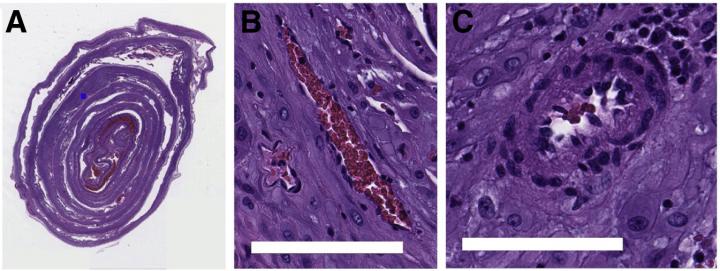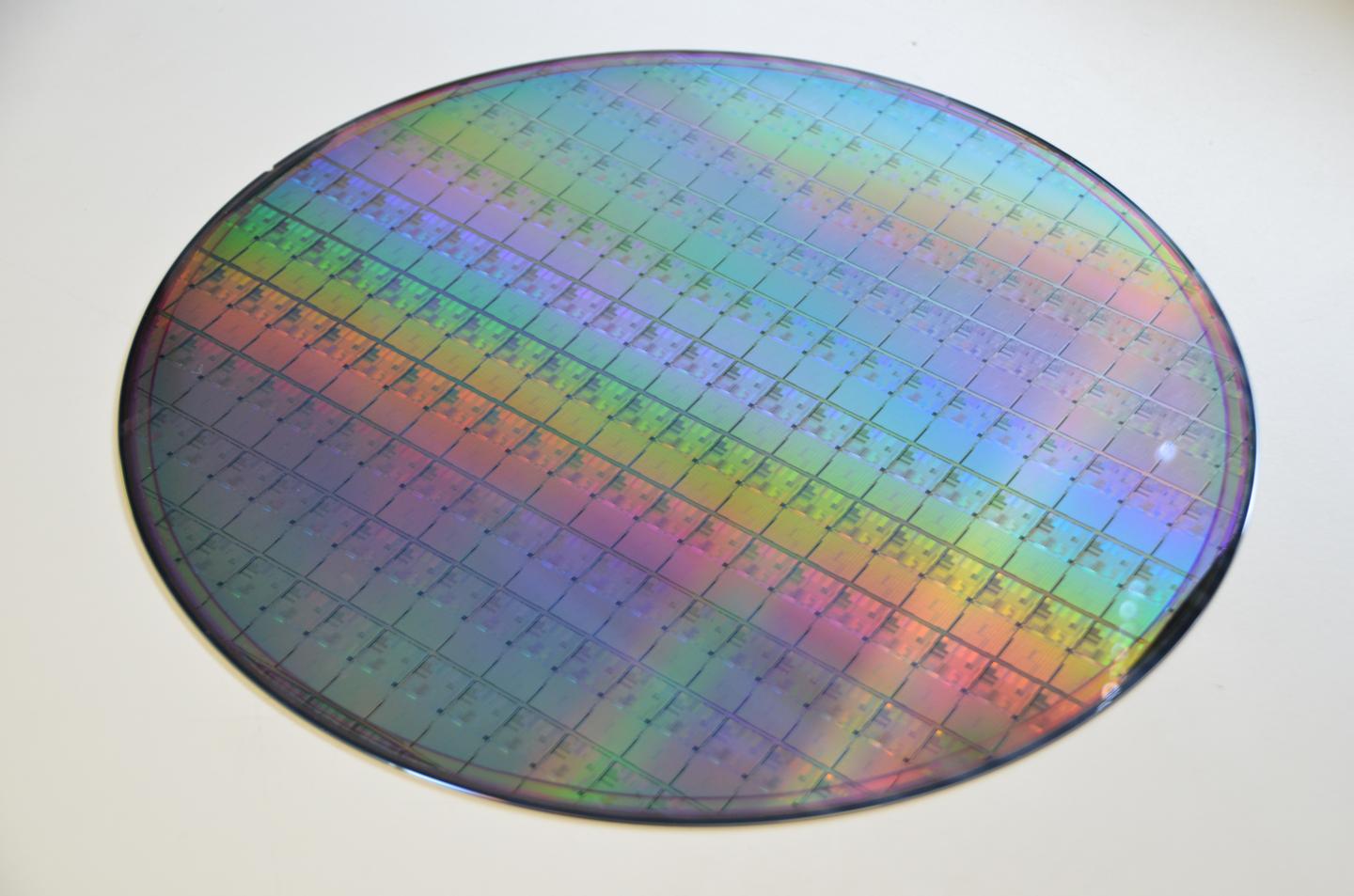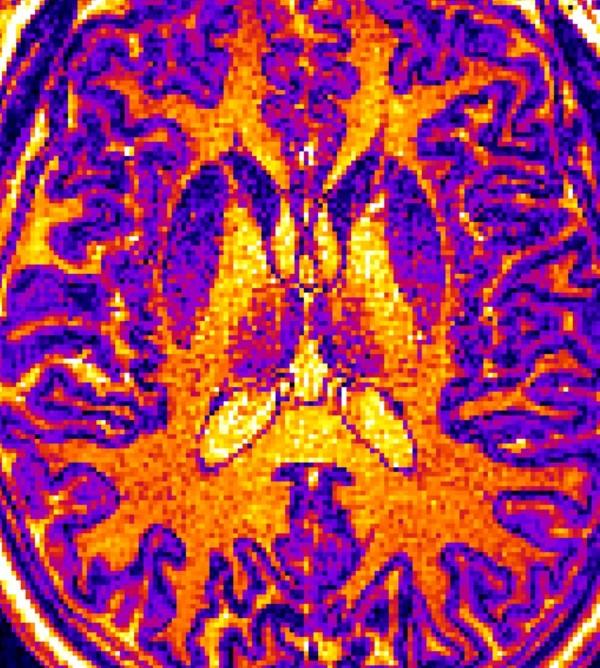After a baby is born, doctors sometimes examine the placenta–the organ that links the mother to the baby–for features that indicate health risks in any future pregnancies.

news, journals and articles from all over the world.

After a baby is born, doctors sometimes examine the placenta–the organ that links the mother to the baby–for features that indicate health risks in any future pregnancies.
Top-line research on mobile and wearable technologies to be presented
New technology can decrease healthcare costs, allowing a majority of mothers and infants to have access to a microscopic placenta examination, according to a report in The American Journal of Pathology
Newly published research, in Bird Study , carried out by the British Trust for Ornithology (BTO) in Scotland, shows that wintering waterbirds, such as ducks, geese, swans and wading birds can easily be scared into flight by drones. In recent…
With the addition of just a small number of autonomous vehicles (AVs) on the road, traffic flow can become faster, greener, and safer in the near future, a new study suggests. The study, published in Journal of Physics A: Mathematical…
‘Ethics must be part of the development process’
ADELPHI, Md. — A new, miniature, low-frequency antenna with enhanced bandwidth will enable robust networking among compact, mobile robots in complex environments. In a collaborative effort between the U.S. Army Combat Capabilities Development Command’s Army Research Laboratory and the University…
Imagine working on a jigsaw puzzle with so many pieces that even the edges seem indistinguishable from others at the puzzle’s centre. The solution seems nearly impossible. And, to make matters worse, this puzzle is in a futuristic setting where…
UTA researcher combining machine learning, structural health monitoring for bridges
DOD-funded team is developing guiding principles for popular form of AI

Extremely energy-efficient artificial intelligence is now closer to reality after a study by UCL researchers found a way to improve the accuracy of a brain-inspired computing system.
A unique invention will help people with profound hearing loss to get a better spatial awareness
Their work is funded by a $2.4 million, four-year award from the National Institute of Biomedical Imaging and Bioengineering
New study explains how Artificial Intelligence, if not regulated, can be a threat to sustainable development
New system reduces the risk of exercise-related hypoglycemia
The complex distribution of continental water masses in South America has been determined with a new Deep-Learning-Method using satellite data
Researchers at Karolinska Institutet and Karolinska University Hospital in Sweden have compared the ability of three different artificial intelligence (AI) algorithms to identify breast cancer based on previously taken mammograms. The best algorithm proved to be as accurate as the…
Extremely energy-efficient artificial intelligence is now closer to reality after a study by UCL researchers found a way to improve the accuracy of a brain-inspired computing system
A team led by Steven L. Miller Chair professor of chemical and biomolecular engineering at the University of Illinois, Huimin Zhao, was awarded a five-year $20 million grant from the National Science Foundation (NSF) for the NSF Artificial Intelligence (AI)…
Engineers at Australia’s Monash University have developed world-first technology that can help industry identify and export high quality graphene cheaper, faster and more accurately than current methods. Published today in international journal Advanced Science , researchers used the data set…
The University of California, Davis, has been awarded $20 million as part of a multi-institutional collaboration to establish a new institute focused on enabling the next generation food system through the integration of artificial intelligence (AI) technologies. The award is…
The National Science Foundation has selected The University of Texas at Austin to lead the NSF AI Institute for Foundations of Machine Learning, bolstering the university’s existing strengths in this emerging field. Machine learning is the technology that drives AI…
Carnegie Mellon University has received a $500,000 planning grant from the National Science Foundation (NSF) to work toward creating a National Artificial Intelligence Research Institute in Physics. Today, the NSF announced grants to create 5 full institutes and 10 planning…
ITHACA, N.Y. – A Cornell University-led collaboration has created the first microscopic robots that incorporate semiconductor components, allowing them to be controlled – and made to walk – with standard electronic signals. These robots, roughly the size of paramecium, provide…
Today, the White House Office of Science and Technology Policy, the National Science Foundation (NSF), and the U.S. Department of Energy (DOE) announced over $1 billion in awards for the establishment of 12 new artificial intelligence (AI) and quantum information…
Scientists have discovered that testing the levels of certain proteins in blood samples can predict whether a person at risk of psychosis is likely to develop a psychotic disorder years later. The study is published in the current edition of…
UMass Amherst health informatician awarded $2.4 million grant from National Institutes of Health
Origami-inspired miniature manipulator improves precision and control of teleoperated surgical procedures
Computational patient models and human phantom with coronavirus abnormalities via multidiagnostic confirmation of SARS-CoV-2 infection yield ‘realistic’ texture and shape
Findings could bring new technologies to mental health diagnostics and personalized nudges
NYU Tandon professor Maurizio Porfiri ‘teleports’ behavior of live zebrafish from one tank to another in real time, allowing researchers to isolate critical elements of animal behavior; the work, using robots, offers new tools for studying social
New AI strategies automate assessments of stored blood, remove human subjectivity
ADELPHI, Md. — Something is different, and you can’t quite put your finger on it. But your robot can. Even small changes in your surroundings could indicate danger. Imagine a robot could detect those changes, and a warning could immediately…
A global summit which aims to boost effective collaboration between experts working in Artificial Intelligence (AI) is being organised by academics at the University of Exeter. Working with MIT’s Computer Science and Artificial Intelligence Lab (CSAIL) and STEMM Global, the…
A conversation between an AI engineer and a humanities researcher
A shoddily tailored suit or a shrunken T-shirt may not be the most stylish, but wearing them is unlikely to hurt more than your reputation. An ill-fitting robotic exoskeleton on the battlefield or factory floor, however, could be a much…
Researchers have investigated the function of a complex mesh of muscle fibers that line the inner surface of the heart. The study, published in the journal Nature , sheds light on questions asked by Leonardo da Vinci 500 years ago,…
Scientists show that muscular structures first described by Leonardo da Vinci are essential for heart function
Researchers from Skoltech, INRIA and the RIKEN Advanced Intelligence Project have considered several state-of-the-art machine learning algorithms for the challenging tasks of determining the mental workload and affective states of a human brain. Their software can help design smarter brain-computer…
NASA JPL team uses TACC’s Maverick2 system to develop software, trains models
Recognizing engineers, scientists, technologists, policy-makers, educators, and students who have made a significant impact on the profession or in their community
ABERDEEN PROVING GROUND, Md. — Army and Texas A&M University researchers developed a new material that can autonomously heal in air and underwater. The first-of-its-kind, 3-D printable and stimuli-responsive polymeric materials are expected to enable massive reconfigurability in future military…

Most of modern medicine has physical tests or objective techniques to define much of what ails us.
Imagine if every time you looked at a face, one side of the face always appeared distorted as if it were melting, resembling a painting by Salvador Dalí. This is the case for people who have a rare condition known…
Computer IDs differences in brains of patients with schizophrenia or autism
How deep learning and ensemble methods are working together
Carnegie Mellon Builds Dataset Capturing Interaction of Sound, Action, Vision
UNIVERSITY PARK, Pa. — While many programs and initiatives have been implemented to address the prevalence of substance abuse among homeless youth in the United States, they don’t always include data-driven insights about environmental and psychological factors that could contribute…
Researchers have developed a new family of polymers that can self-heal, have shape memory and are recyclable
Scientists from Nanyang Technological University, Singapore (NTU Singapore) have developed an Artificial Intelligence (AI) system that recognizes hand gestures by combining skin-like electronics with computer vision